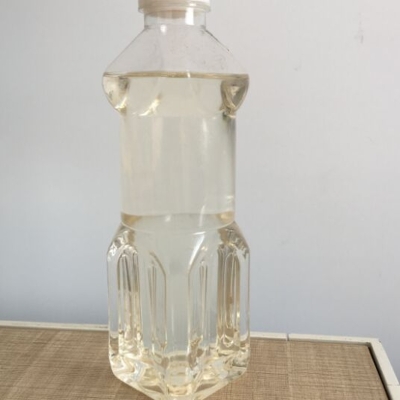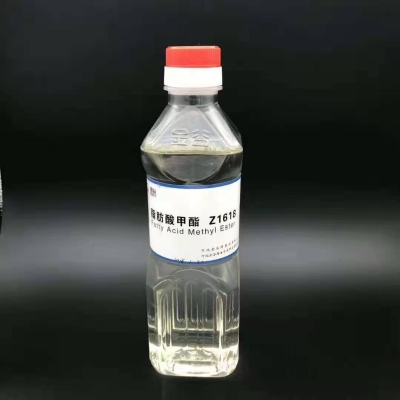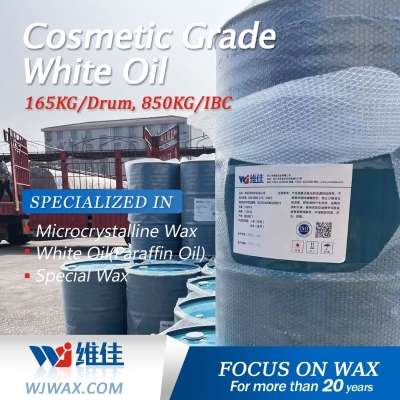-
Categories
-
Pharmaceutical Intermediates
-
Active Pharmaceutical Ingredients
-
Food Additives
- Industrial Coatings
- Agrochemicals
- Dyes and Pigments
- Surfactant
- Flavors and Fragrances
- Chemical Reagents
- Catalyst and Auxiliary
- Natural Products
- Inorganic Chemistry
-
Organic Chemistry
-
Biochemical Engineering
- Analytical Chemistry
-
Cosmetic Ingredient
- Water Treatment Chemical
-
Pharmaceutical Intermediates
Promotion
ECHEMI Mall
Wholesale
Weekly Price
Exhibition
News
-
Trade Service
Technical Features:
1.
The raw material is a variety of diesel fractions
.
2.
In addition to the deep hydrogenation desulfurization, nitrogenation, aromatization and selective ring opening reactions in the FHI process, the isomerization reaction of high freezing point components such as n-alkanes and the hydrocracking reaction of heavier fractions also occurs, so that the sulfur, nitrogen and aromatic hydrocarbons (especially polycyclic aromatic hydrocarbons) content of diesel products can be significantly reduced, the freezing point is greatly reduced, the density and 95% distillation temperature (T95) are also reduced, and the cetane number
is improved.
3, the use of a single reactor or two reactors directly in series through the process flow
.
4.
The hydrotreating catalyst used has high nitrogen and dearomatization activities, and the hydrocracking catalyst used has high n-alkane isomerization performance and naphthenic hydrocarbon selective ring opening performance
.
Both catalysts are very stable, the first operating cycle is not less than 36 months, renewable use, the total life is not less than 108 months
.
Production process: The process flow of this technology mainly includes two parts
: reaction and fractionation.
After the raw material and hydrogen gas are heated, they enter the first reactor (section), and the reactions
of hydrodesulfurization, nitrogen denitrogenation and aromatic hydrocarbon saturation mainly occur.
A reflux directly enters the second reactor (segment), and the main reactions such as n-alkanes isomerization and naphthenic hydrocarbon opening occurs
.
After the reaction product is separated from the gas product, the liquid product is then fractionated to obtain different products (mainly high-quality low-condensing diesel
).







